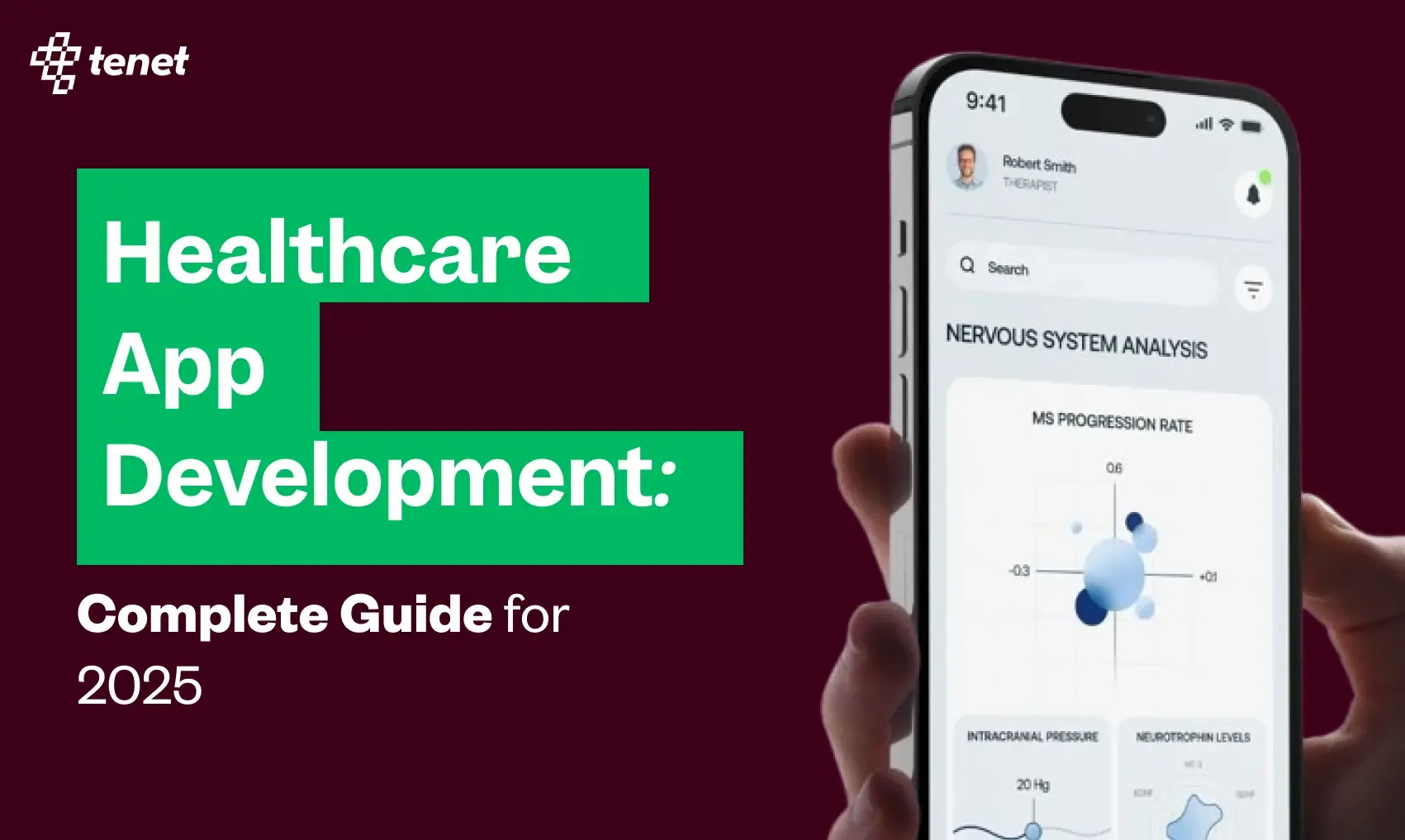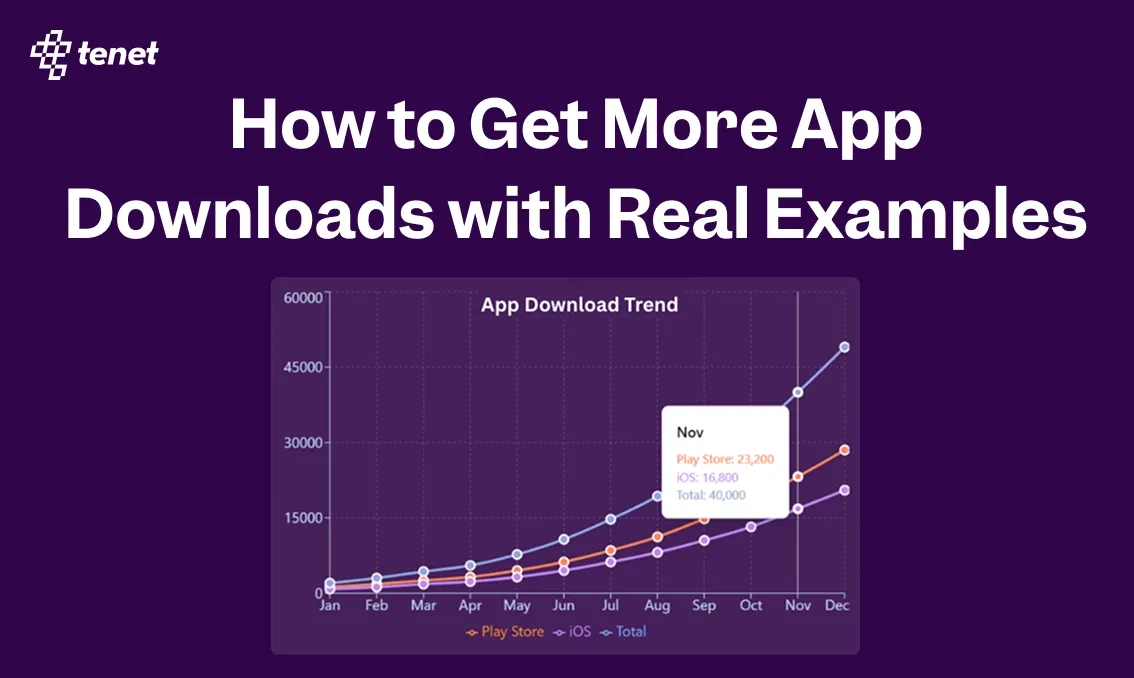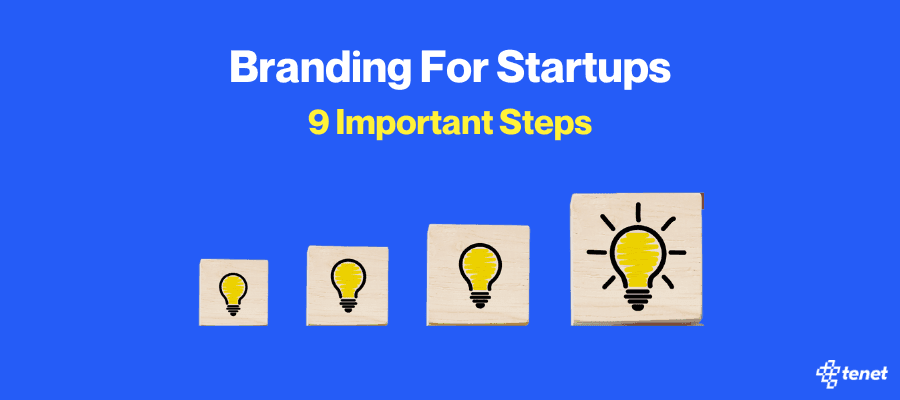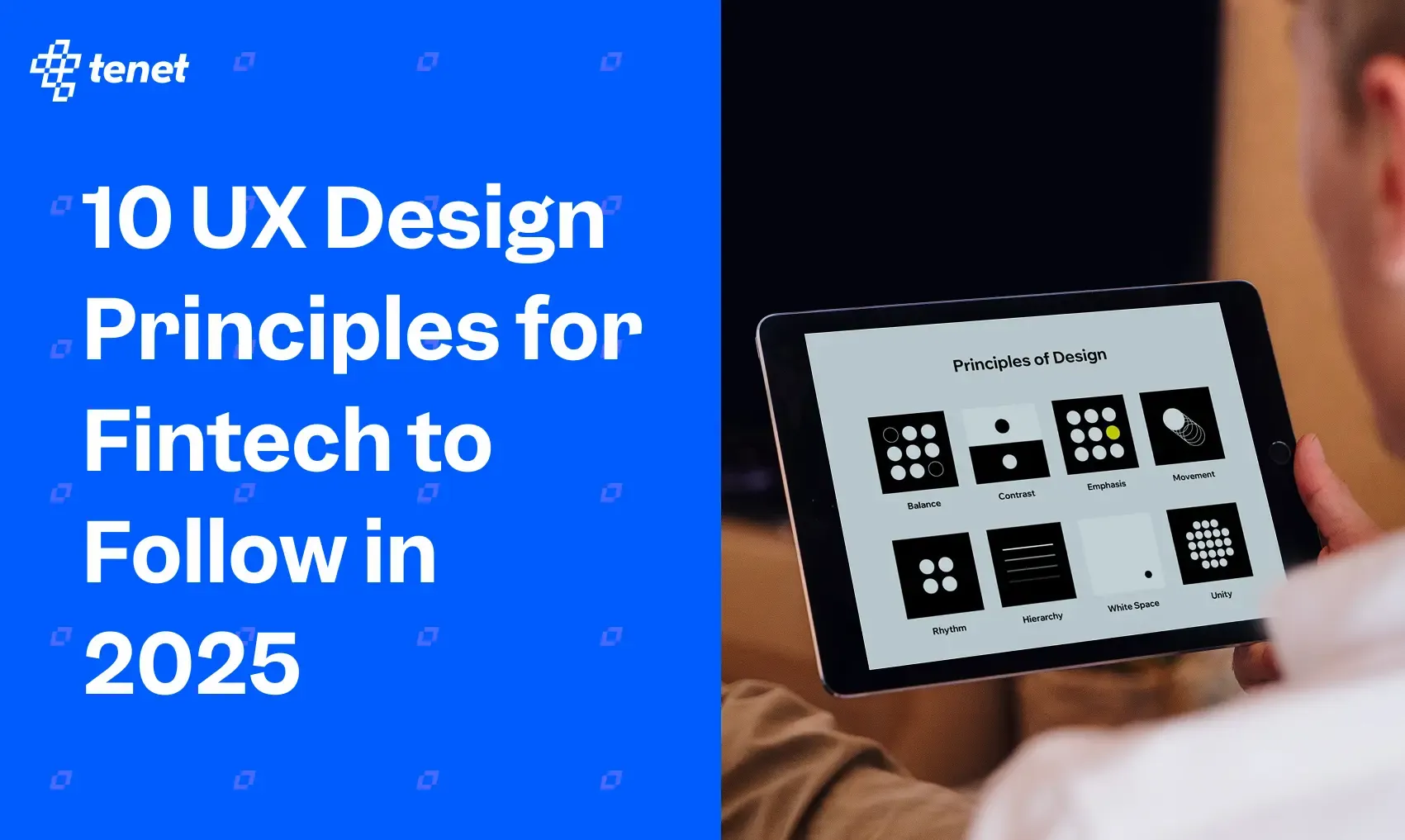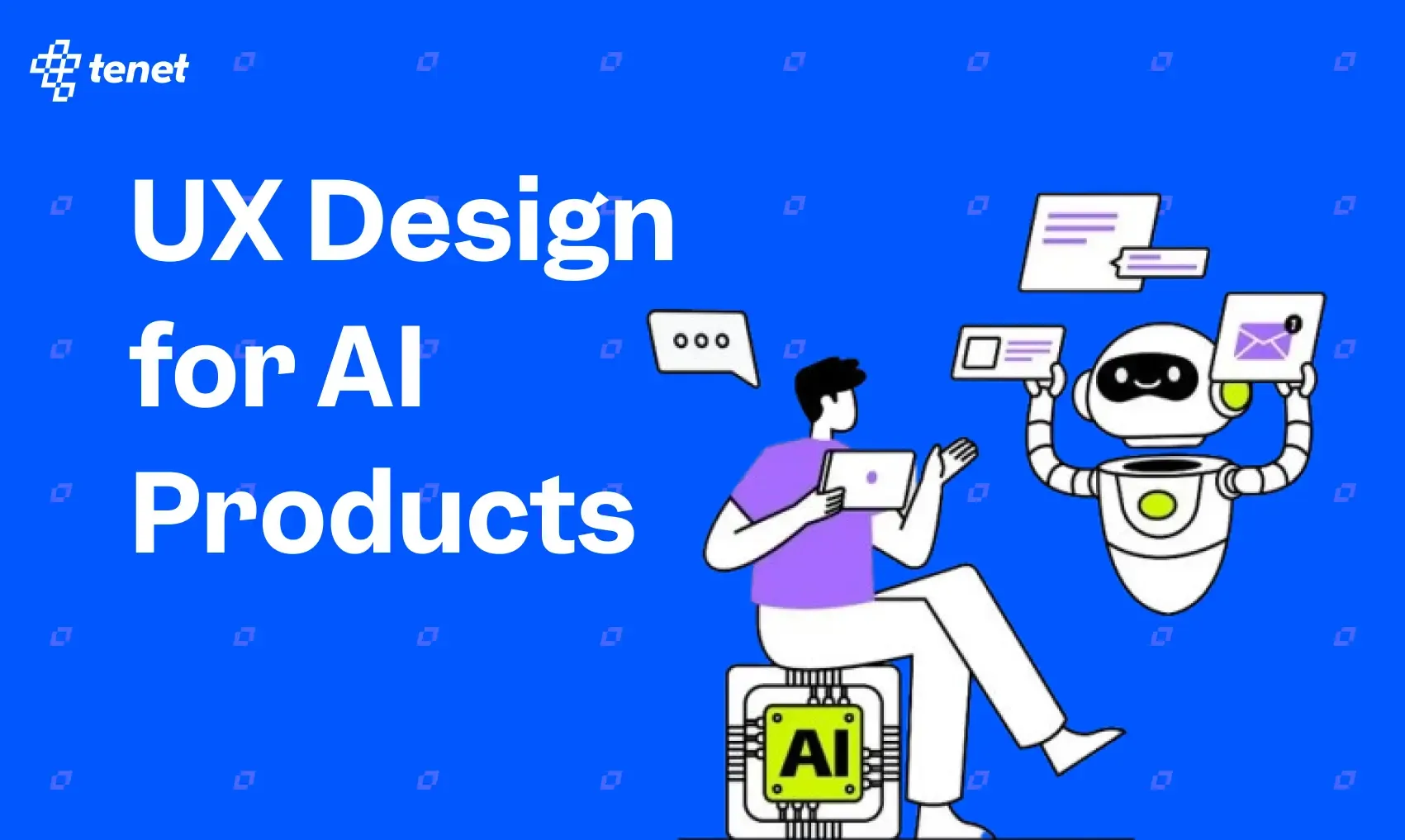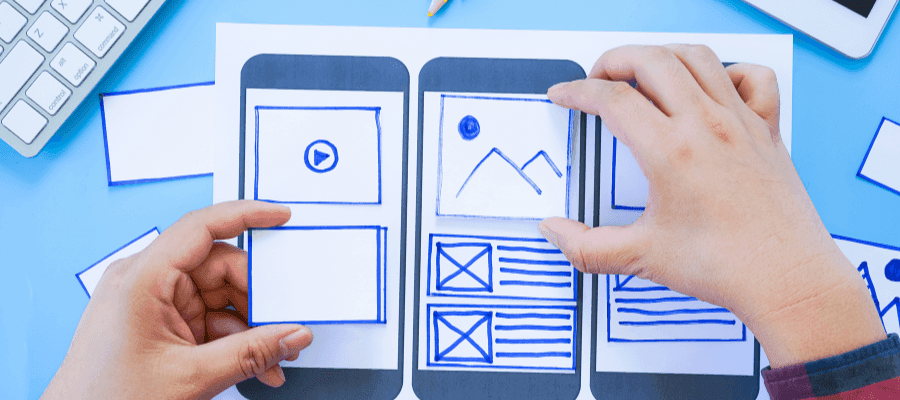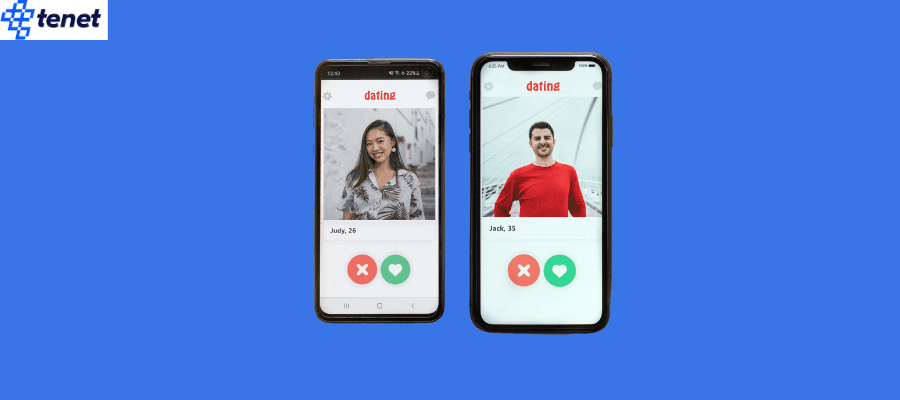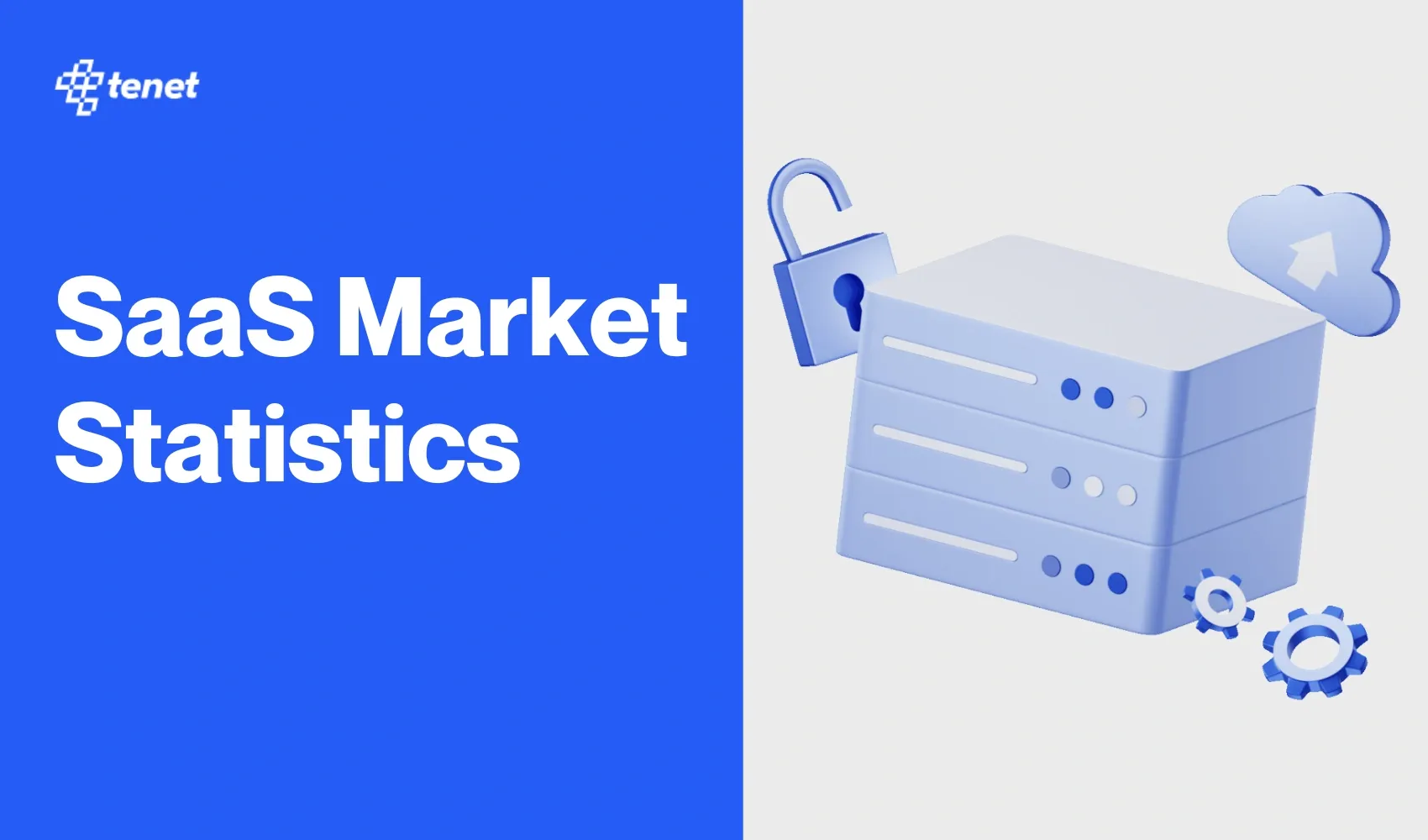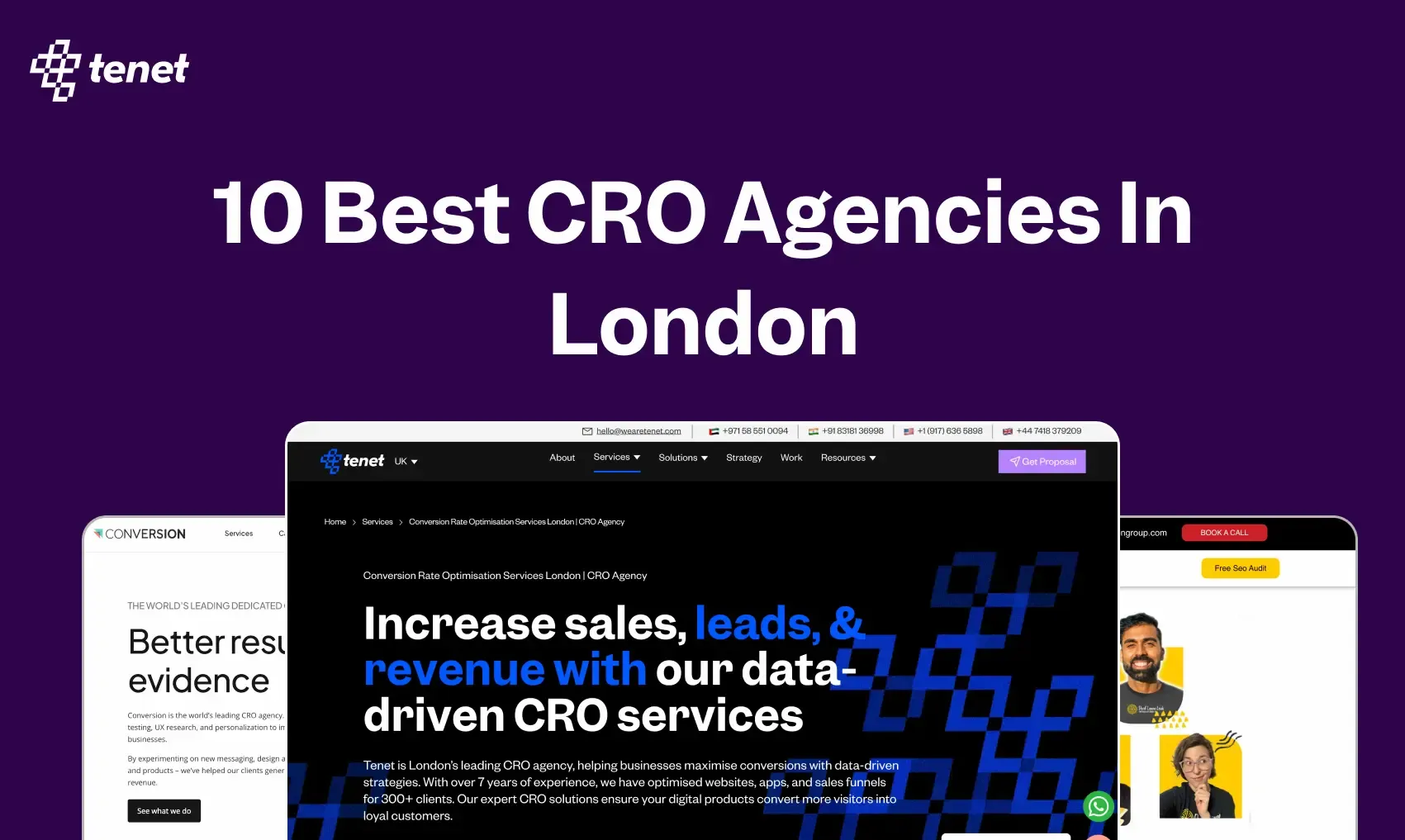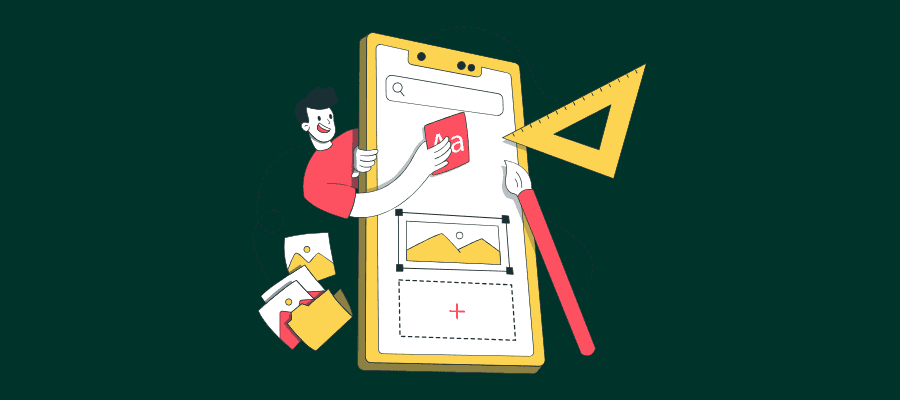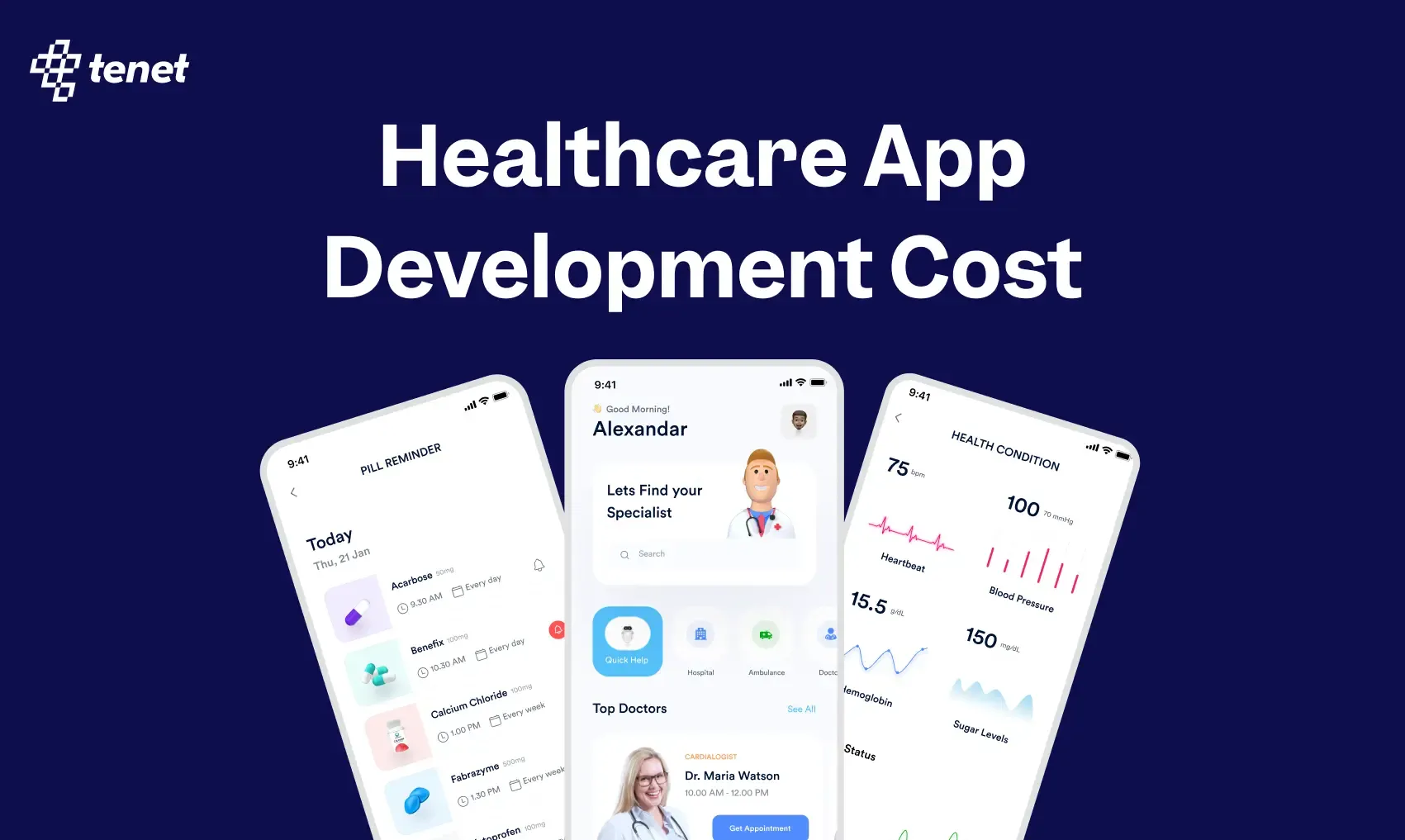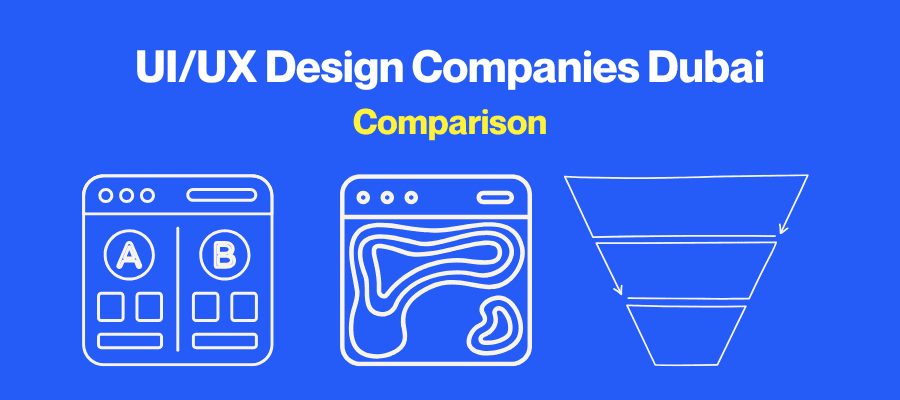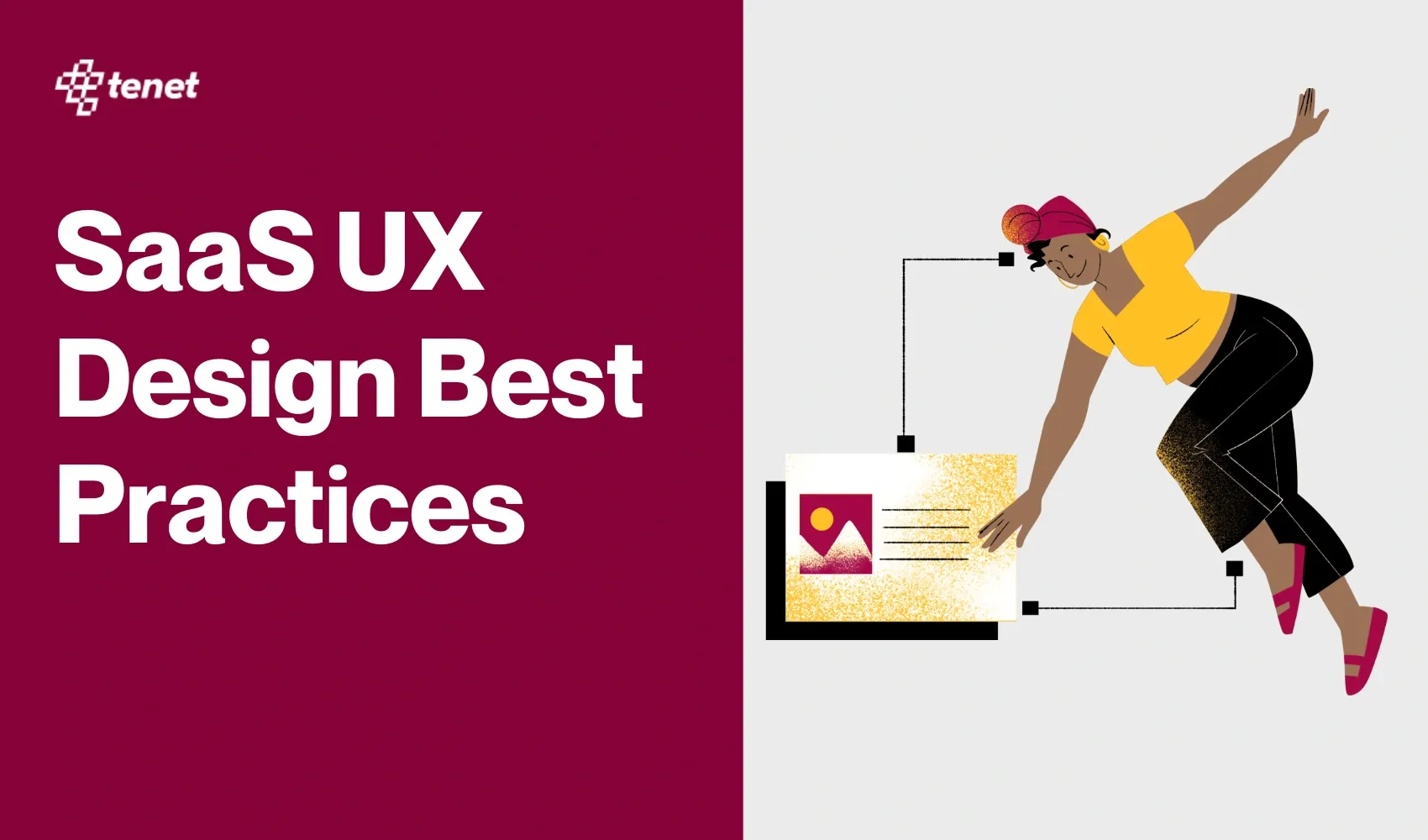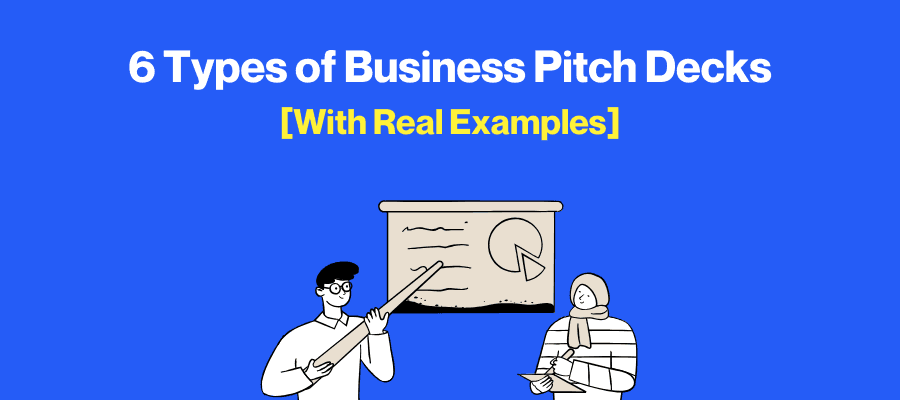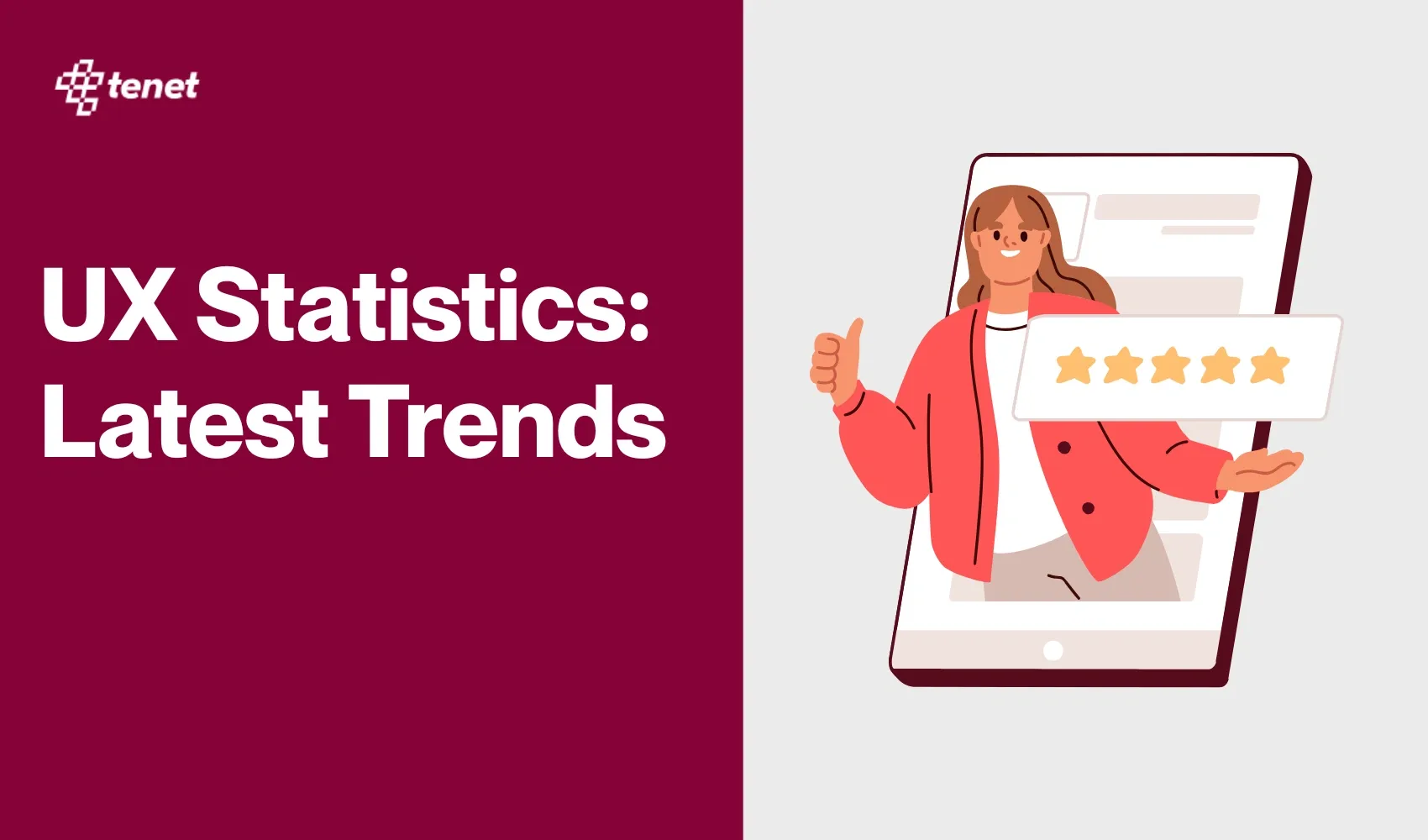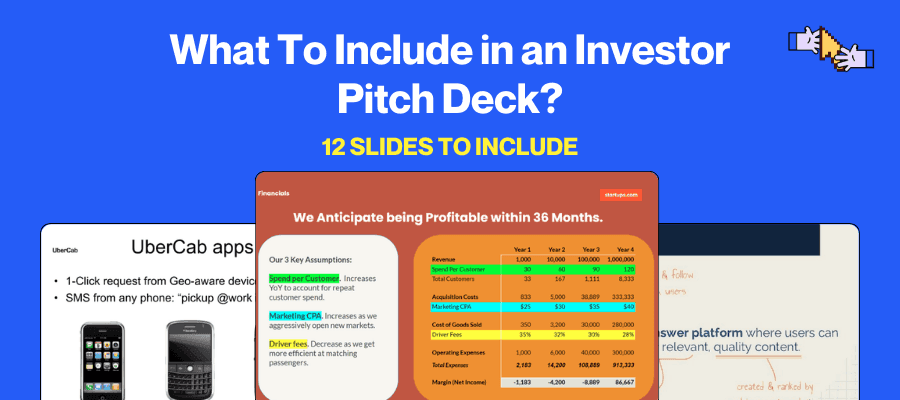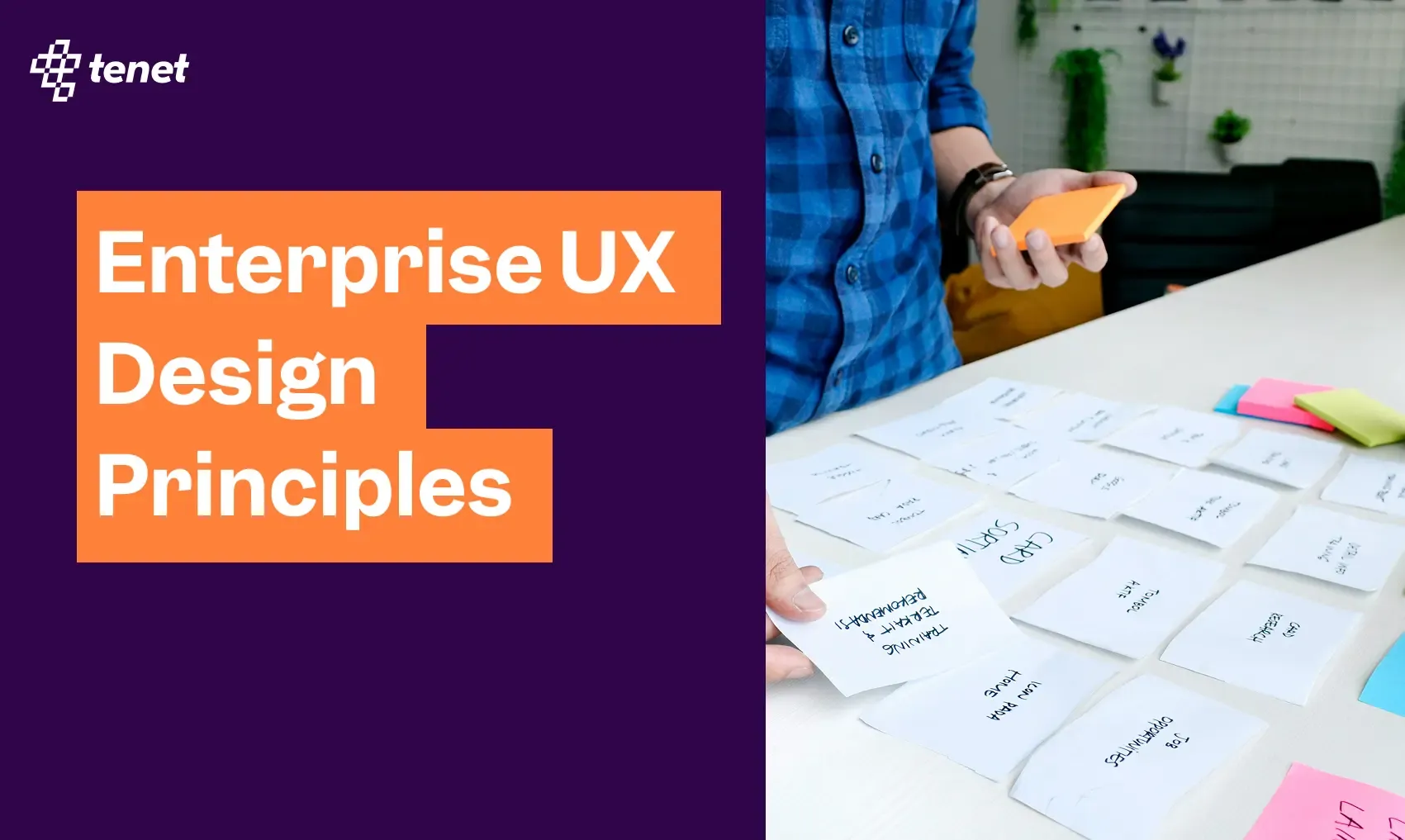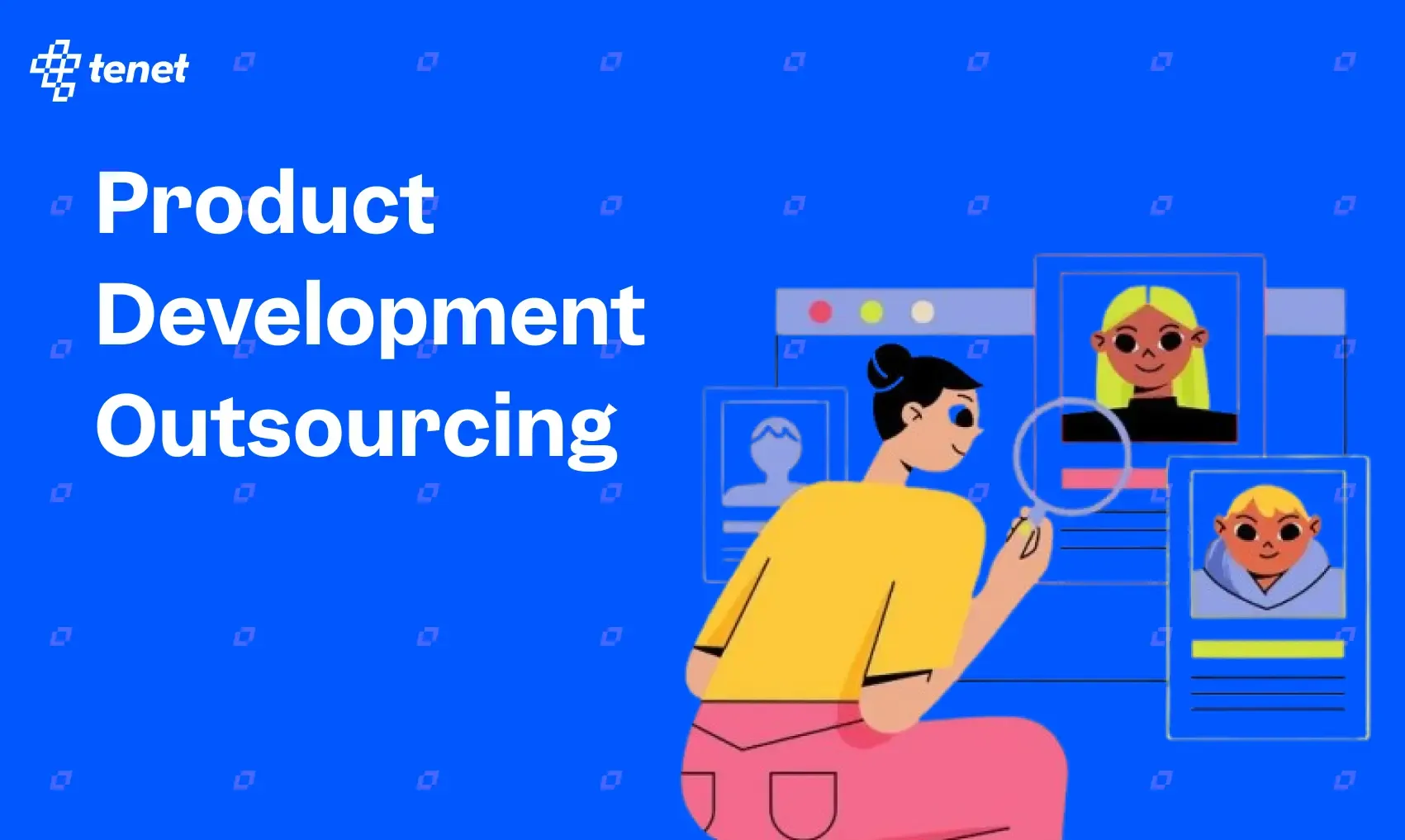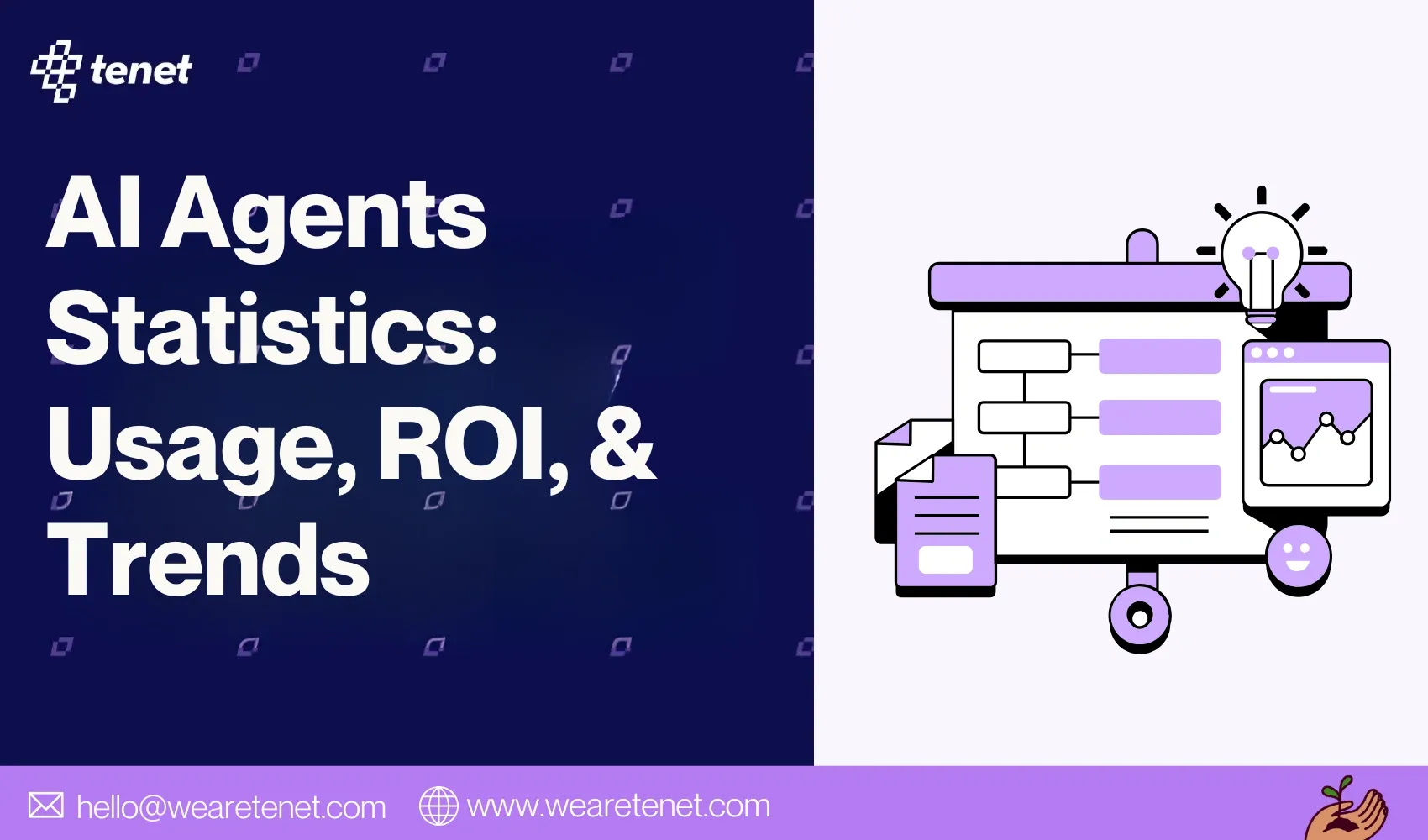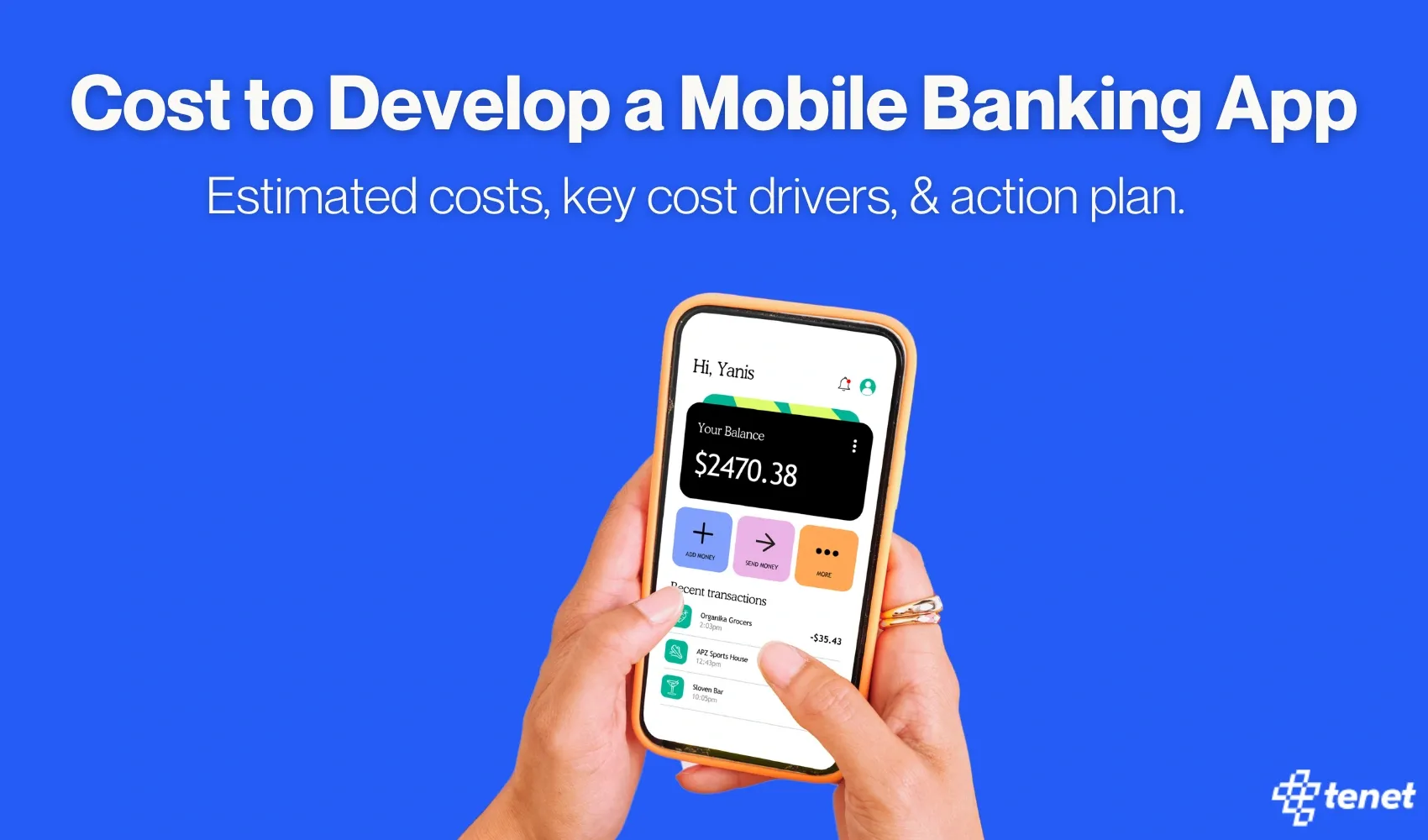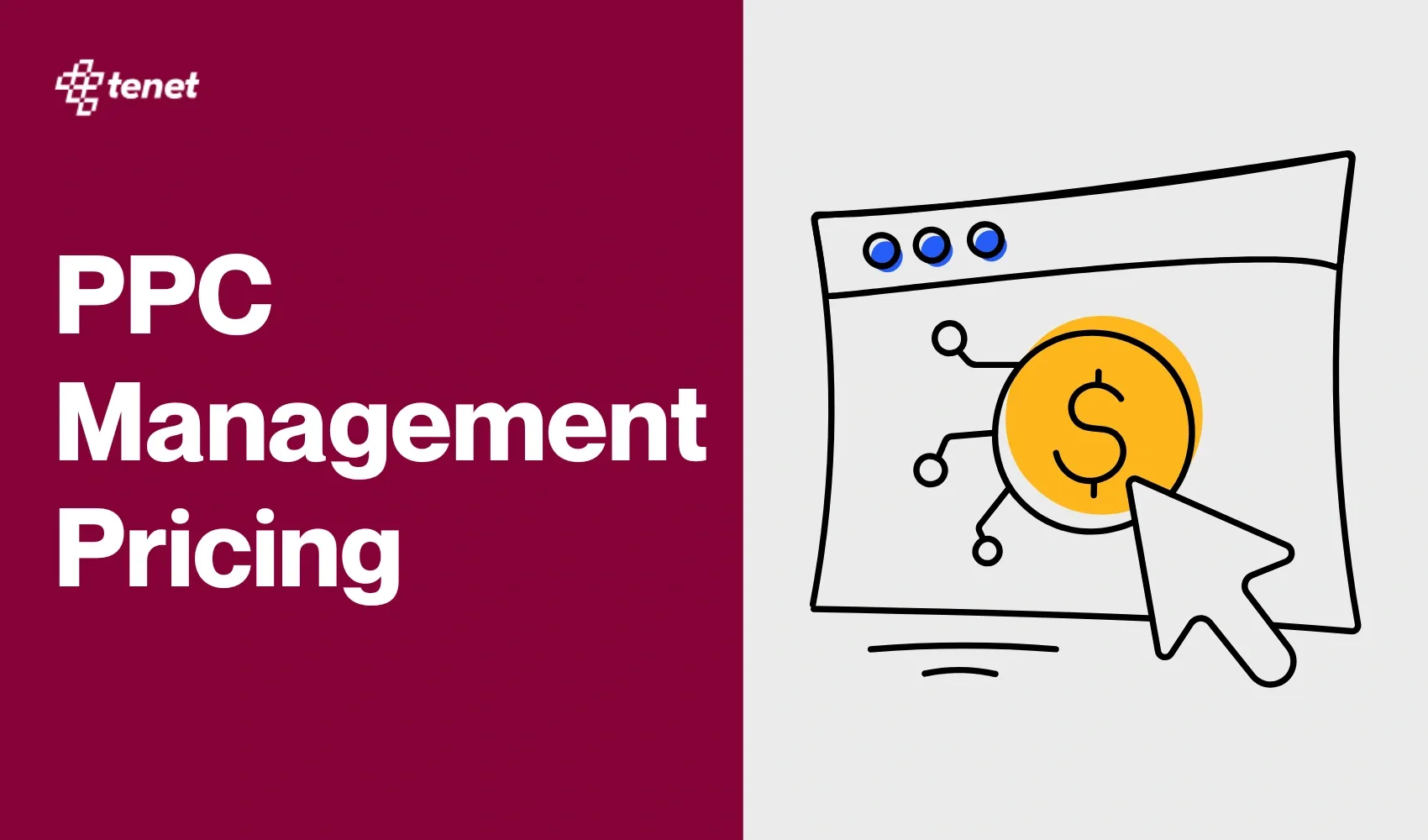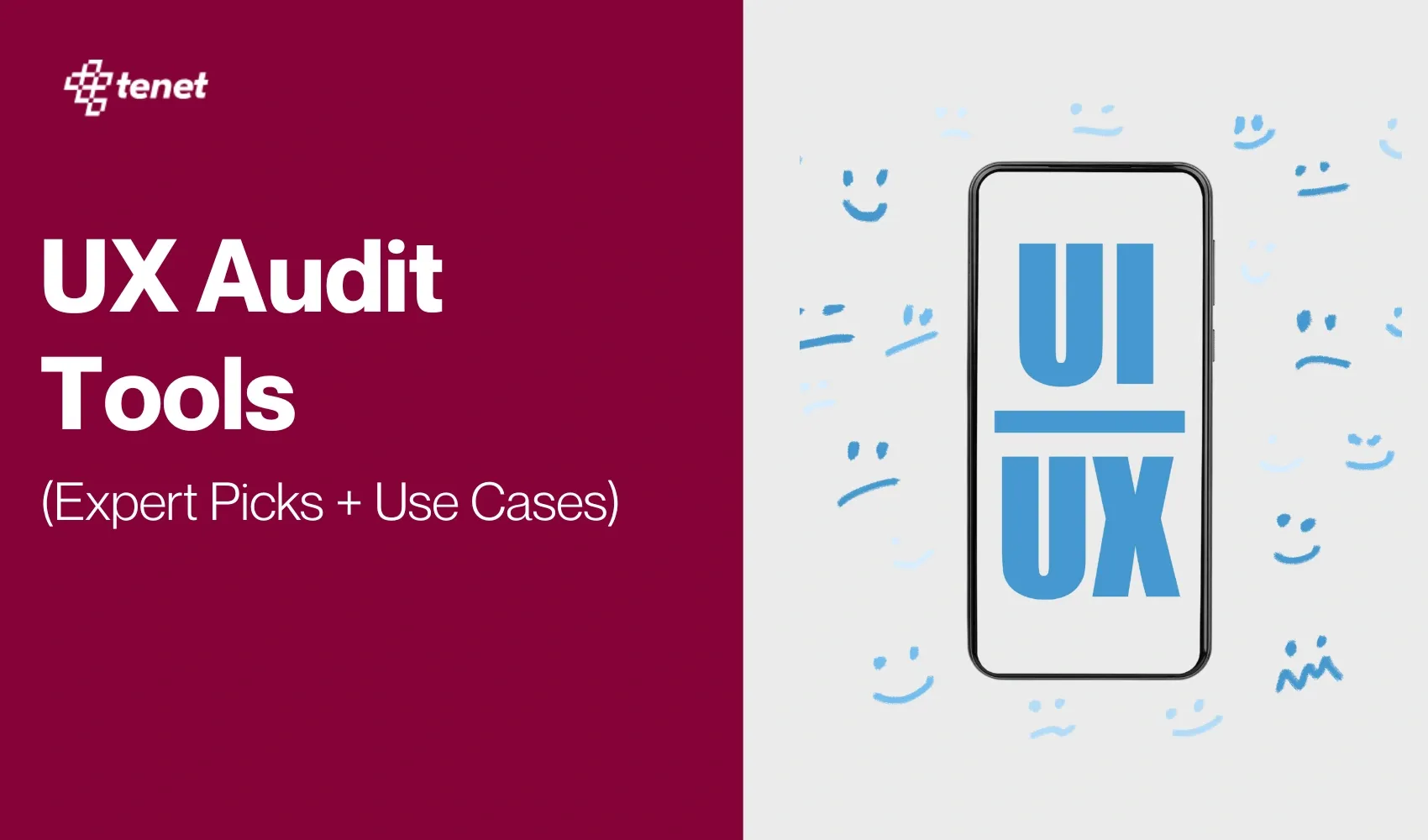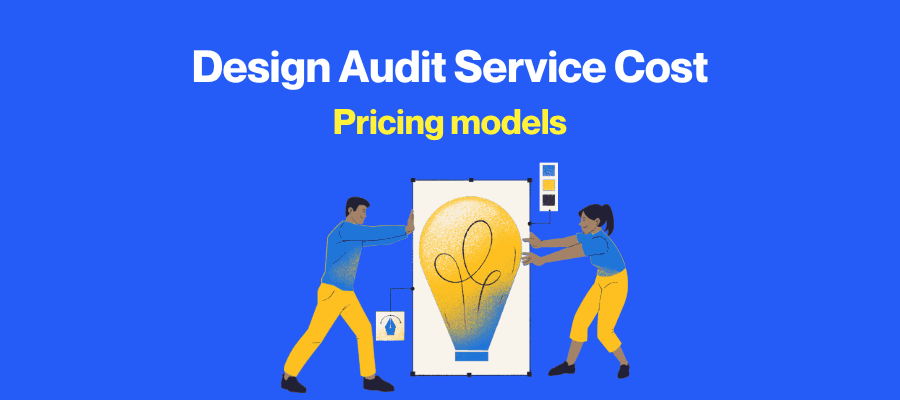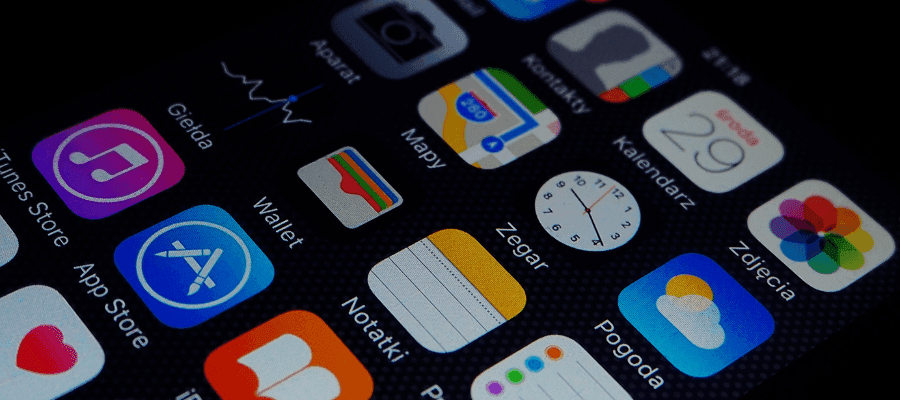Branding Package Pricing: How Much Does Branding Cost?
Share
Share
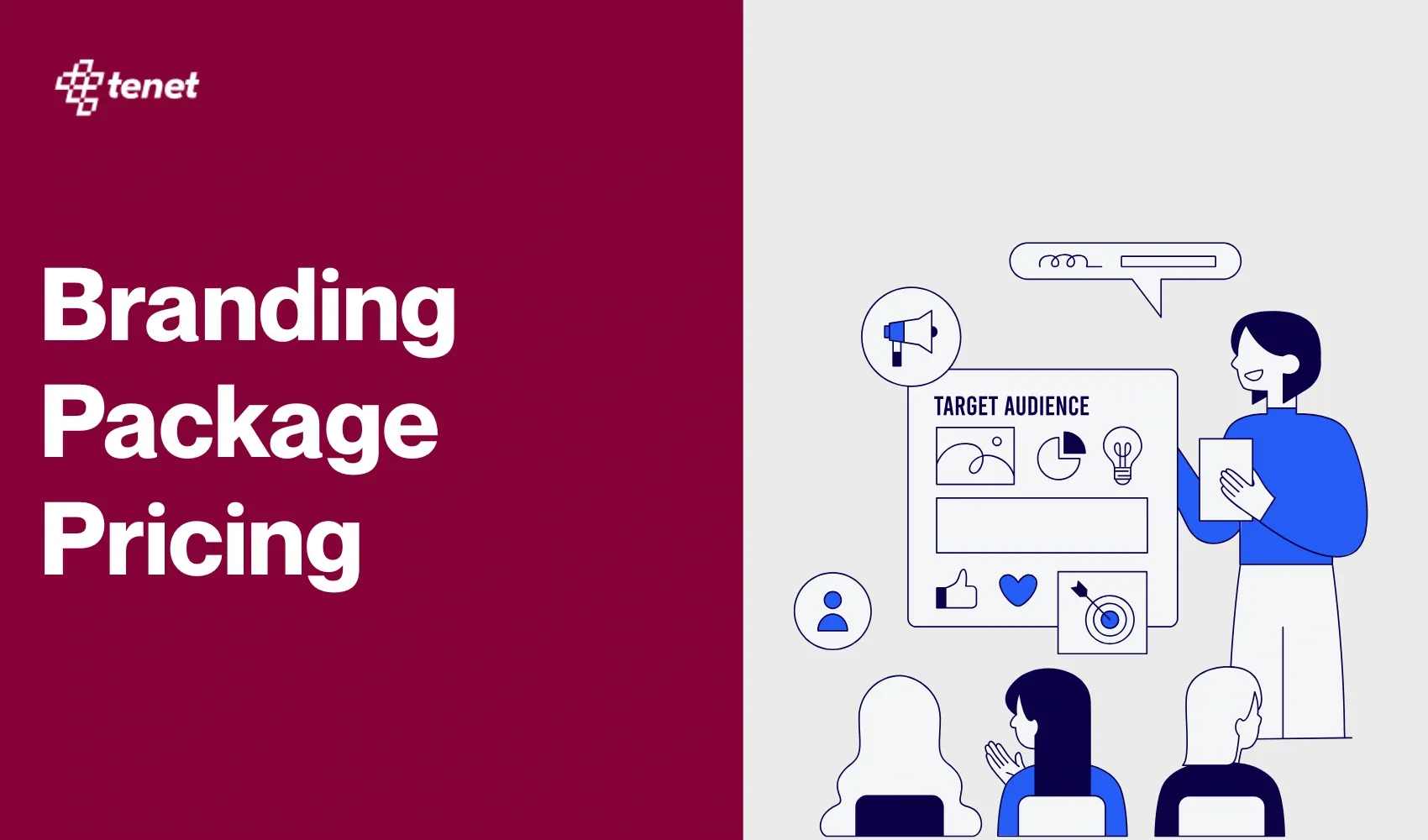
Get a quick blog summary with
Many businesses feel stuck because every branding agency gives a different price and no one explains what you actually get.
This creates doubt, delays decisions, and leads to poor choices. You need a clear way to understand what affects branding cost and what each package really includes.
This guide breaks down how much branding costs in simple terms so you can set the right budget and choose the right partner without confusion.
How much does branding cost in 2026? (Quick answer)
Branding costs in 2026 range from $500 to $5,000 for freelancers and $5,000 to $20,000 for boutique agencies.
Full-service branding packages, including strategy, visuals, and web design, typically cost between $11,000 and $70,000+. In fact, small businesses can start with logo and identity packages at around $250.
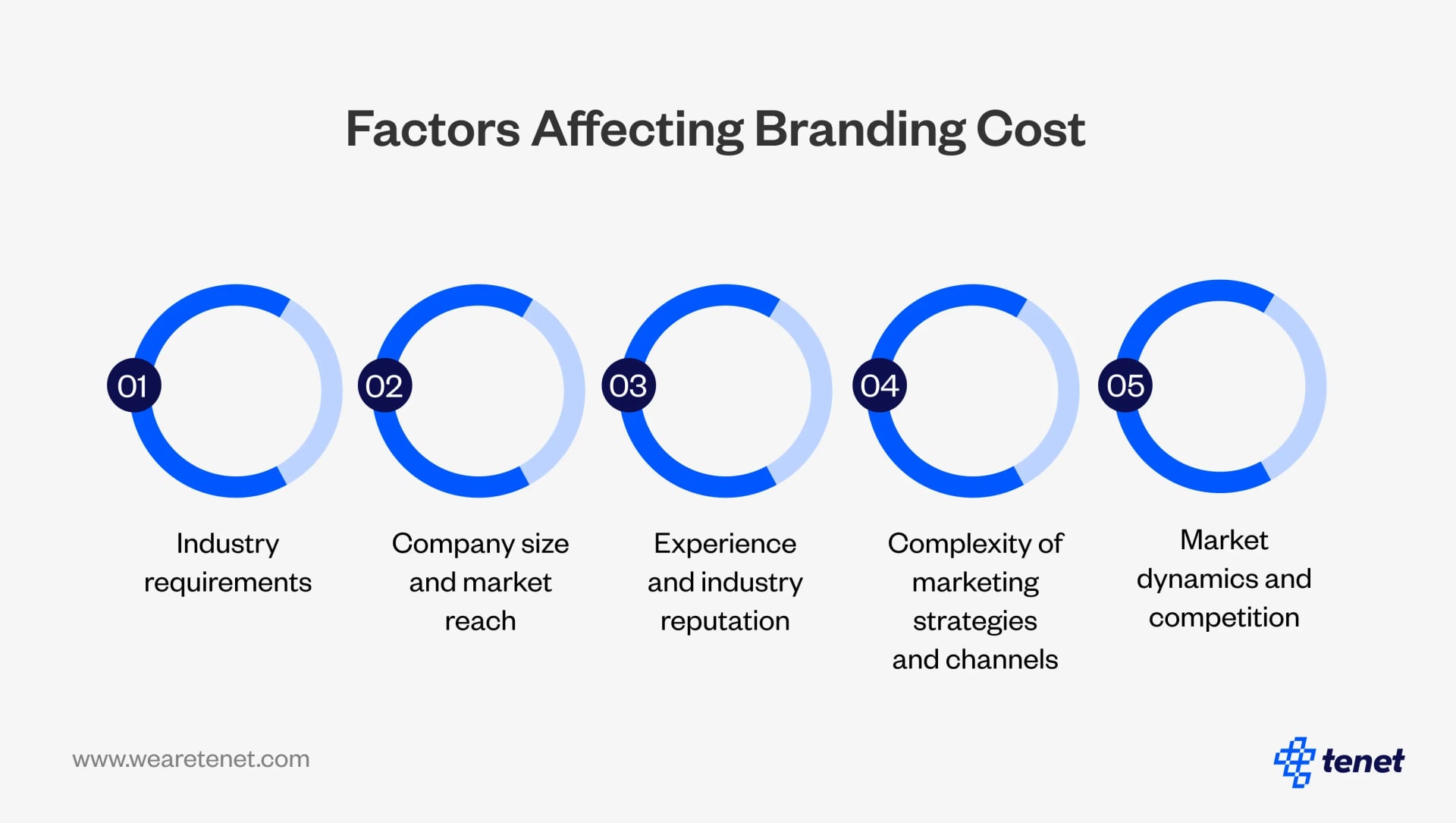
Several factors affect branding costs, including:
- Industry-specific needs (e.g., tech startups vs. hospitality brands)
- Company size and market reach
- Experience and reputation within the industry
- Marketing strategy complexity and distribution channels
- Market dynamics and competitive landscape
👉 Learn how our brand strategy agency can help you in building brand recognition
Branding costs by business type or industry
Branding costs aren’t one-size-fits-all. The final budget depends heavily on your business type, size, and industry expectations.
Here’s how it typically breaks down:
Startups & Small Businesses
- Cost Range: $3,000 – $15,000
- Focus: Logo, basic brand guide, mission statement, tone of voice, and a few marketing templates
- Why this range: Startups often need branding that’s lean but still strategic, especially for pitch decks, landing pages, and early traction.
Mid-Sized Businesses
- Cost Range: $10,000 – $40,000
- Focus: Brand strategy, competitor analysis, visual identity system, messaging framework, marketing and sales collaterals
- Why this range: These businesses are scaling and need cohesive branding across multiple channels and departments.
Enterprises
- Cost Range: $40,000 – $100,000+
- Focus: Full brand architecture, sub-brand strategies, global rollout support, legal checks, stakeholder workshops
Why this range: Enterprises invest in branding as a long-term asset that influences perception, investor confidence, and team alignment.
Explore our related services (contact and get a free quote):
- Best SEO Company In Sharjah
- Digital Product Design Agency Birmingham
- Best Digital Product Design Agency Chicago
Types Of Branding Costs Involved In The Package
According to a Nielsen study, 77% of consumers prefer brands they recognize. Branding costs are a subjective figure that the company's entire budget determines.
When evaluating the cost of your branding project, consider some crucial factors.
Let's look at the fundamental services in branding packages for some insights into what you can get for $3,000 or $100,000+.
What’s included in branding package pricing?
Branding costs in 2026 vary based on services, depth, and whether you work with a freelancer or a branding agency. Below is a breakdown of what drives pricing inside most branding packages—helping you understand what you're paying for and why.
1. Project scope & complexity
The overall branding cost is largely influenced by how big or complex the project is. A startup may only need a logo and style guide, while an enterprise may require market research, messaging frameworks, and full brand development. As the scope grows, so does the investment.
For example:
IROS, a UAE-based research firm, struggled with global positioning due to a weak brand identity. At Tenet, our branding experts redefined their core values, developed visuals, and created the tagline “Catalyzing Breakthrough,” helping them connect with their audience and emerge as a healthcare industry leader.
- Typical cost range: $2,000–$100,000+
2. Brand strategy development
Brand strategy defines your market position, customer personas, brand mission, and tone. It’s the foundation for every visual and verbal decision. A clear strategy improves recognition, relevance, and ROI, making it one of the most valuable—and often most expensive—parts of a branding package.
- Typical cost range: $5,000–$50,000+
3. Brand identity design
Your visual identity includes logo design, typography, brand colors, and iconography. A cohesive identity increases brand recall and signals professionalism. The brand identity design cost depends on design complexity, revisions, and application needs across print and digital platforms.
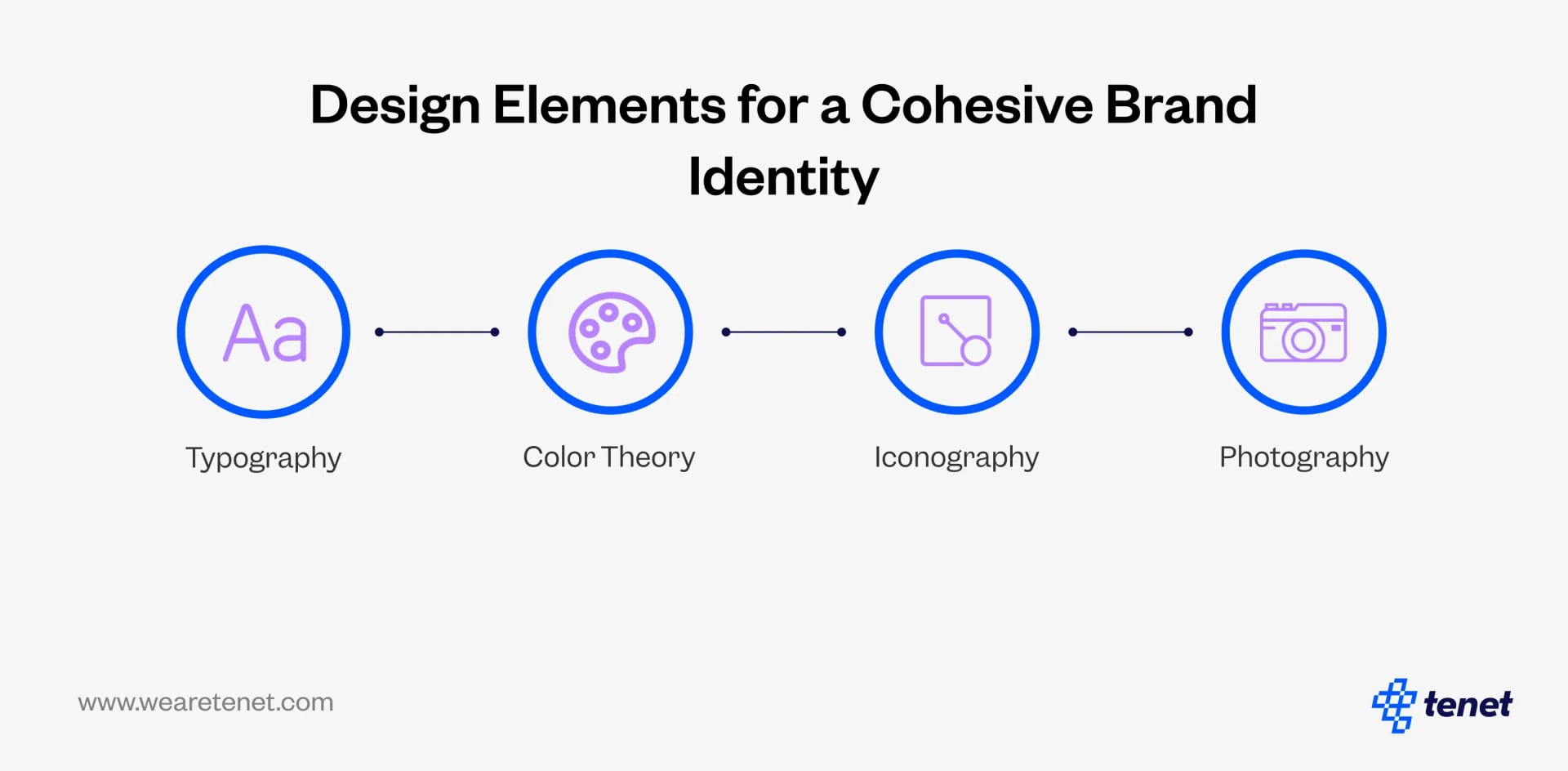
- Typical cost range: $2,500–$30,000
4. Brand collateral & assets
This includes key marketing assets like business cards, pitch decks, social templates, and brochures. These materials reflect your brand across customer touchpoints and help establish consistency. Asset volume and design complexity significantly impact final branding package pricing.
- Typical cost range: $2,000–$7,500
5. Digital brand presence
Setting up branded digital channels—social media, email templates, and landing pages—enhances brand visibility and ensures message consistency. Add-ons like SEO and PPC integration can increase costs but boost long-term performance. It’s a key part of modern branding services pricing.
- Typical cost range: $1,000–$5,000 setup | $5,000–$50,000/month ongoing
6. Brand voice & messaging
Messaging frameworks establish how your brand communicates. From taglines and tone to storytelling, this ensures emotional alignment with your audience. A strong brand voice supports engagement, consistency, and higher conversion—impacting both strategy and branding pricing overall.
- Typical cost range: $2,500–$50,000
7. Brand management & rollout
Ongoing brand oversight ensures consistency, market alignment, and strategy refinement over time. It often includes analytics reviews, creative updates, and internal brand training. Larger businesses or multi-location brands invest more in this to protect and scale their brand equity.
- Typical cost range: $5,000–$80,000 annually
8. Content creation & marketing
Content like SEO blogs, videos, and ads builds awareness and drives engagement. Paired with strong branding, it supports performance marketing and brand authority. Many branding agencies include this in retainer packages, making it an important element in overall branding agency cost.
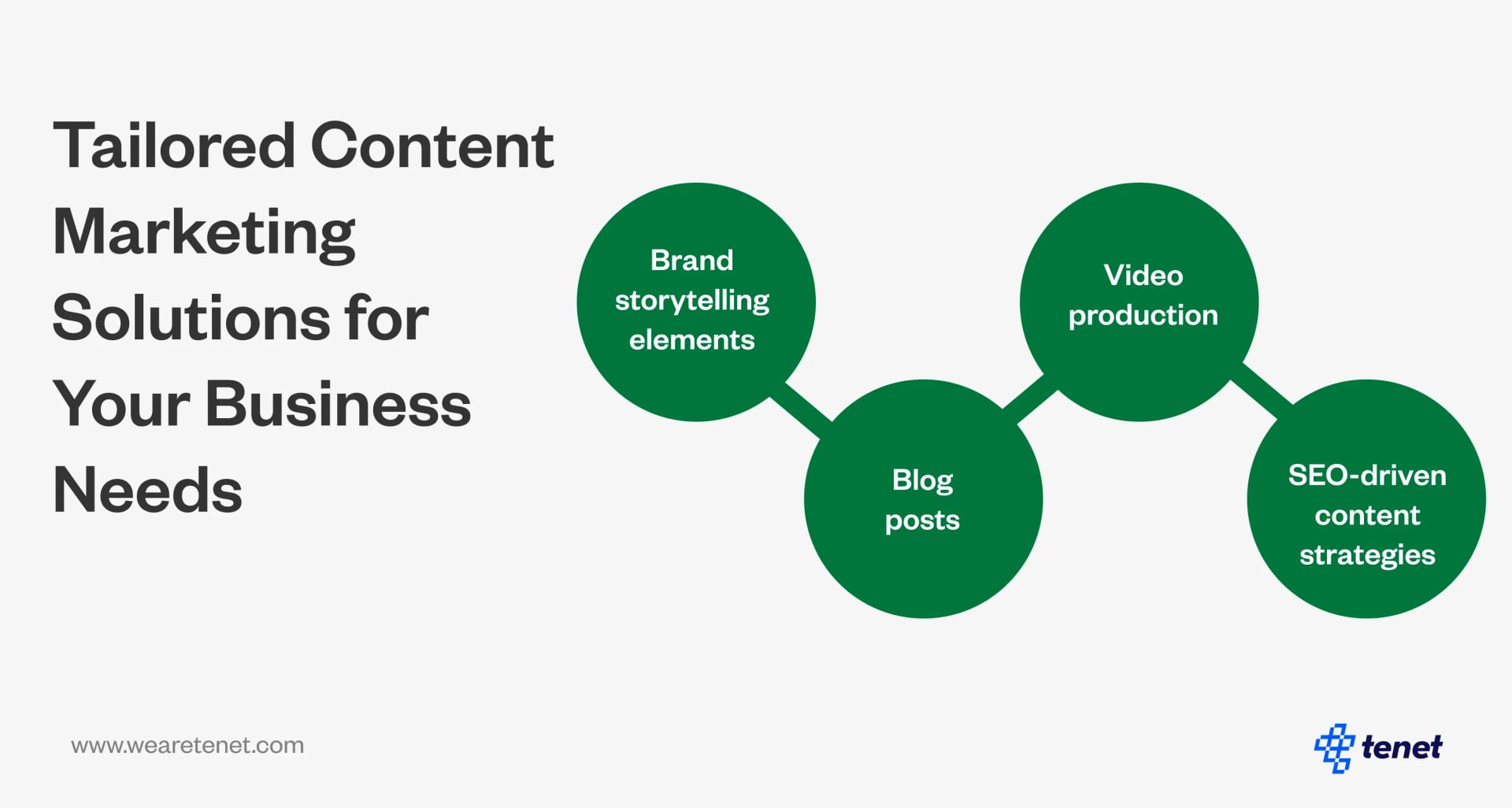
- Typical cost range: $1,000–$25,000/month
9. Market research & analytics
Effective branding starts with insights. Market research, competitor audits, and customer segmentation help shape relevant and differentiated brand strategies. It’s especially critical for businesses entering new markets or undergoing rebranding.
Typical cost range: $5,000–$250,000
👉 Learn about how much does digital product design cost.
What factors affect branding costs?
Branding costs vary widely depending on the scope of your project, the experience of the agency or freelancer, and your business needs.
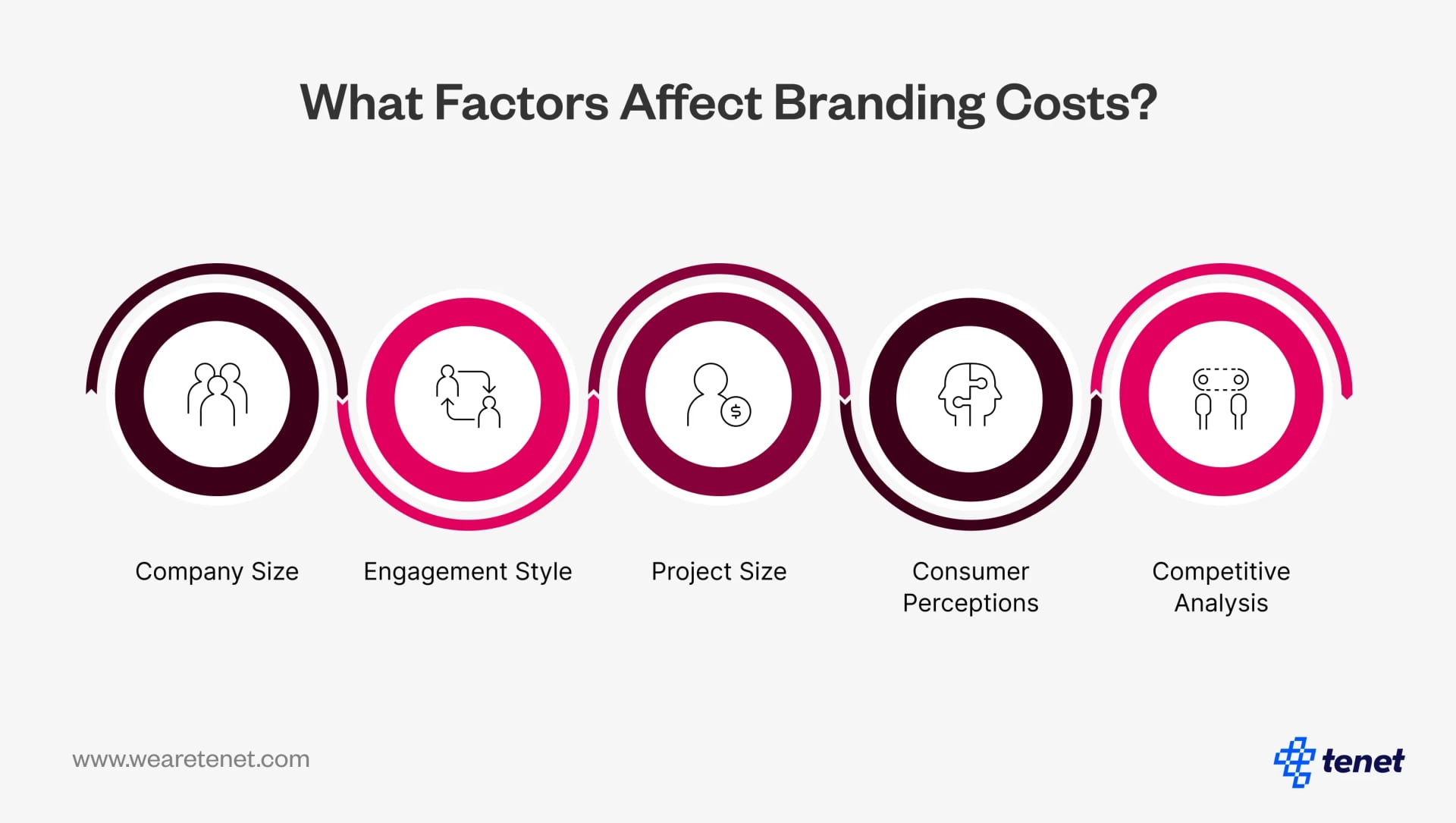
Here are the five key factors that influence how much you'll likely spend:
Company size and brand complexity
Larger companies usually need more advanced branding. They have more teams, more markets to reach, and more legal and compliance requirements. This means more work—like brand governance, multi-market localization, and stakeholder alignment.
That’s why enterprise-level branding tends to cost significantly more than small business branding.
- Cost impact: Bigger companies = higher branding cost due to expanded scope and internal coordination.
Level of engagement and strategy
Some brands only need a logo and basic guidelines. Others need everything—from messaging and positioning to tone of voice and communication plans.
The more strategic your project is, the more time and expertise it requires. If your branding needs to align with business goals, customer journeys, and internal culture, it will cost more—but it will also deliver greater impact.
- Cost impact: Deeper strategy = higher cost due to research, planning, and alignment work.
Project size and deliverables
The number and complexity of deliverables matter. A small project might just include a logo, color palette, and font selection.
A full branding package might include social media templates, pitch decks, website design, and printed brand manuals. The more assets you need—and the more refined they are—the higher your branding cost.
- Cost impact: More deliverables = higher branding package pricing.
Target audience perception
If you want to position your brand as premium or high-end, your branding needs to reflect that. This often means investing in refined design, storytelling, and messaging that supports a higher perceived value.
For example, luxury brands spend more on branding not because their products cost more to make— but because perception drives pricing power.
- Cost impact: Premium positioning = higher cost to craft a refined and aspirational identity.
Competition and market positioning
The more competitive your market, the more you'll need to invest to stand out. Strong competitors often have well-developed brands, and keeping up means crafting a unique identity, clear messaging, and strong visuals.
Investing in competitive analysis and differentiation helps you build a brand that stays relevant and compelling.
Cost impact: Competitive markets = higher branding cost for research, positioning, and creative differentiation.
Branding Package and Pricing Models
Now that we understand what constitutes a branding package and the typical branding cost criteria, how do you choose the right service provider?
One effective way to start is by identifying brands within your industry and development stage that resonate with you.
This can help guide your expectations and preferences. Here are the common pricing models offered by most branding agencies, including estimated costs for clarity.
1. Project-Based (Fixed) Pricing: How Much Do One-Off Initiatives Cost?
In fixed pricing, a branding agency determines a set price for the entire project based on a clearly defined scope of work. This model ensures all costs are covered while maintaining a profit margin.
Typical Cost: Ranges from $5,000 to $50,000, depending on the complexity of deliverables and the agency's expertise.
Best for: Projects with a well-defined set of deliverables and small to medium scope.
Pros:
- Flexibility for customized projects
- Clear resource management
- Defined scope and budget
- Predictable costs and timelines
Cons:
- Limited flexibility for changes
- Can be costly for larger projects
2. Hourly Pricing: What Rates Do Freelancers Charge for Brand Strategy?
Typical Cost: Ranges from $50 to $200 per hour, depending on the freelancer’s experience, location, and project requirements.
Hourly pricing allows clients to pay for actual time spent rather than the entire project upfront. Rates depend on the complexity of the work, deliverables, and the freelancer’s expertise.
Best for: Projects with an uncertain or evolving scope.
Pros:
- Flexible hours and tasks
- Easier cost estimation
- Greater accountability and transparency
Cons:
- Difficult to plan budgets for large projects
- Potential for unexpected cost overruns
3. Value-Based Pricing: What Rates Do Branding Agencies Charge for Brand Strategy?
Typical Cost: Starts from $10,000 per month, depending on project scope, deliverables, and service level.
In value-based pricing, leading branding agencies offer ongoing design, branding consultation, and development services for a fixed monthly rate. This model provides flexibility, consistent support, and covers tasks like social media assets, pitch decks, website updates, and marketing collateral.
Best for: Small to large businesses and long-term, large-scale projects.
Pros:
- Consumer-focused, iterative approach
- High-quality deliverables with regular feedback loops
- Consistent brand recognition and cohesion
- Enhanced customer experience and satisfaction
Cons:
- Can be expensive for prolonged engagements
- Requires significant research and strategic planning
- Internal resource management challenges
Branding Cost Calculator
Due to the wide range of branding costs from $3,000 to $100,000+, it’s helpful to estimate your needs before committing. Use our simple form to get a tailored quote.
We typically provide pricing estimates, deliverable breakdowns, and service packages within 24-48 hours.
Fill out the form, and our experts will share a free proposal and cost estimation.
The Bottom Line
Effective branding is essential for establishing a strong market presence, attracting customers, and building long-term loyalty.
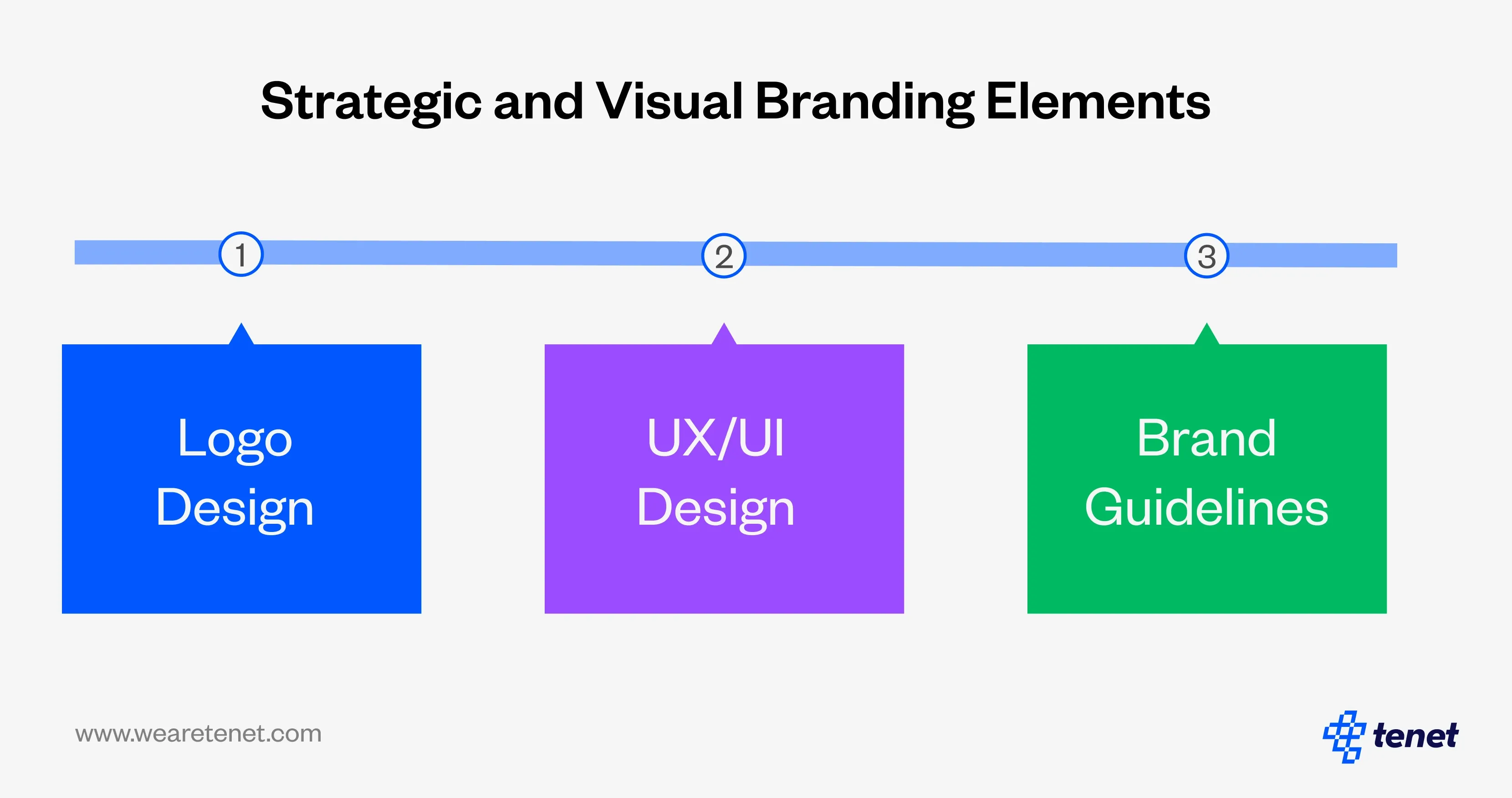
As a UX/UI design and branding agency, Tenet offers pricing options that cover both strategic and visual branding elements, including:
- Logo Design: Vector-based, responsive, and adaptable formats
- UX/UI Design: For websites and digital platforms
- Brand Guidelines: Detailed color systems, typography, iconography, and tone of voice
We’ve collaborated with over 300 clients and successfully delivered 450+ projects, generating $1.54 billion in client revenue and investments. Our process integrates design thinking methodologies, customer journey mapping, and iterative prototyping to ensure cohesive, impactful branding solutions.
Schedule an appointment to discuss your brand design and development project with our team and learn how we can elevate your brand identity.
Frequently Asked Questions
What is included in a branding package?
A typical branding package includes a brand strategy, logo design, color palette, typography, brand voice guidelines, and visual identity assets. Higher-tier branding packages may also include market positioning, customer personas, messaging frameworks, and website design.
How much does a brand identity package cost?
The cost of a brand identity package in 2026 ranges from $2,500 to $50,000. This price depends on whether you're working with a freelance designer, a mid-sized studio, or a full-service branding agency. Brand identity design cost includes logos, color systems, brand typography, and usage guidelines.
How much does a branding agency cost?
Branding agency pricing varies by expertise, region, and deliverables. On average, branding agencies charge between $5,000 and $70,000+ for a full branding package. High-end agencies may charge $100,000 or more for enterprise-level brand development.
How much does branding cost for a small business?
Branding costs for small businesses usually range from $250 for a basic logo to $2,500–$10,000 for a full branding package. Many branding services offer tiered packages to suit different business sizes and goals.
How much do branding agencies charge for brand development?
Brand development costs depend on the agency’s services. Most agencies charge between $7,000 and $50,000 for brand strategy, naming, identity design, and positioning. Full-service brand development can include competitor analysis, storytelling, and brand architecture.
How much does brand design cost in 2026?
Brand design costs typically range from $1,000 to $20,000. This includes visual identity design like logos, typography systems, and branded templates. Freelancers may charge less, while established agencies charge more for a detailed and strategic approach.
How much does brand identity cost?
The cost of brand identity design in 2026 ranges from $2,500 to $30,000 depending on scope, revisions, and deliverables. Pricing depends on whether the focus is just visual design or a full identity system with guidelines and applications.
What factors affect branding package pricing?
Branding pricing depends on project complexity, number of deliverables, provider type (freelancer vs. agency), and the business size. Industry research, strategy sessions, design iterations, and brand rollout materials all influence the total cost.
How to price branding services as a provider?
To price branding services effectively, calculate your hours, expertise, and the value of deliverables. Consider offering tiered branding packages (basic, standard, premium) ranging from $500 to $20,000+. Be transparent with clients on what’s included in each package.
What does a typical branding timeline look like?
In general, branding timeline spans 4 to 12 weeks. Initial stages involve discovery and brand strategy (1–2 weeks), followed by logo and visual identity design (2–4 weeks). Final stages include brand guidelines, collateral design, and delivery (2–6 weeks), depending on project complexity and revisions.
What is the average cost of a branding package?
The average cost of a branding package in 2026 is around $7,500 for mid-range agencies. Small businesses may pay as little as $2,500, while enterprise companies may spend over $50,000 on full brand development services.
Is branding a one-time cost or a recurring investment?
Branding is usually a one-time cost when building your core identity, but businesses may invest in updates or brand extensions over time. Ongoing brand marketing, rebranding, or visual refreshes may incur future costs.
What’s the difference between brand identity and brand development costs?
Brand identity costs focus on visual assets like logos, typography, and color systems. Brand development costs include strategy, research, naming, and positioning. Development is more comprehensive and priced accordingly.
How much does brand marketing cost?
Brand marketing costs can range from $1,000 per month for small-scale campaigns to $20,000+ per month for large companies. These costs are separate from branding design and focus on promotion, content creation, and advertising.
What’s the Best Branding Agency?
While there are many capable branding agencies offering similar services, Tenet stands out with its commitment to transparency, collaboration, and data-driven strategies. Our differentiators include:
- Proven Expertise: Over 450 completed projects across 15+ industries.
- Real Results: We’ve helped clients achieve $1.54 billion in revenue and investments.
- Tailored Solutions: We customize our branding approach based on your unique business needs.
- Global Reach: Experience in markets like India, UAE, USA, and the UK.
- End-to-End Service: From research and strategy to design and growth marketing, we ensure cohesive branding.
We believe in honest, transparent partnerships, not just delivering a brand, but crafting one that resonates and drives growth.
Expertise Delivered Straight to Your Inbox
Expertise Delivered Straight to Your Inbox

Got an idea on your mind?
We’d love to hear about your brand, your visions, current challenges, even if you’re not sure what your next step is.
Let’s talk




